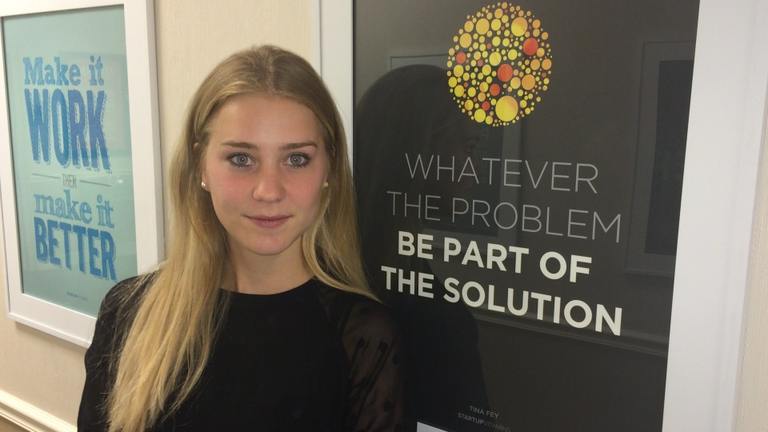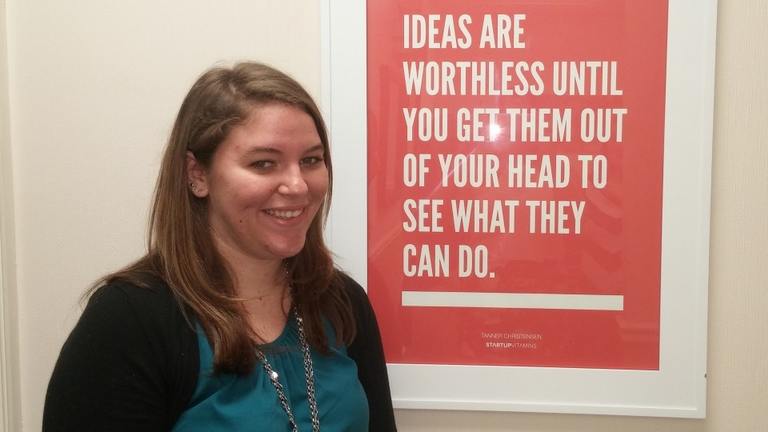
The Power of Going Viral: What It Means for Marketers and How to Navigate It

By: Ellie Marchiori
In today’s fast-paced digital world, a single post or ad has the potential to “break the Internet.” However, viral success is not always as straightforward as it seems. From deliberate campaigns to chance breakthroughs, let’s unpack what it means to go viral, its influence on marketing strategies, and the fine line between authenticity and forced messaging in today’s culture.
What Does It Mean to Go Viral?
Going viral refers to content spreading quickly and widely across platforms, often fueled by shares, likes, and comments. Whether it’s a hilarious meme, a heartfelt video, or an edgy ad, viral content tends to capture the internet’s attention and keep people talking.
The lure of viral content is simple: massive reach without massive spending. A post that catches on can gain millions of views, creating brand recognition and engagement on a scale that traditional marketing can’t always achieve. But what makes something viral? Is it luck, or is there a method to the madness?
What Makes Something Go Viral?
While there’s no guaranteed formula, viral content usually checks several boxes:
- Emotionally Engaging: Content that elicits strong emotions—whether laughter, inspiration or even outrage—tends to get shared. People naturally want to pass along content that sparks a reaction.
- Relatability: Content that resonates with everyday life or current events often hits a chord with large audiences.
- Social Proof: When people see others engaging with content, they’re more likely to do the same. The more people like, comment, and share, the more social platforms push it to broader audiences, creating a snowball effect.
Viral by Chance or by Design?
Viral moments can result from sheer chance—a random event that resonates with millions. Think of the infamous blue vs. gold dress debate or unexpected dance trends on TikTok. These moments weren’t orchestrated by brands, yet they captivated massive audiences.
However, viral content can also be intentional. Many brands now focus on creating content specifically designed to go viral by leveraging trends, influencers, or controversial topics. Ads that seem spontaneous and relatable—though carefully planned—can feel organic, increasing the chance of viral success. Yet, this can backfire if audiences feel they are being manipulated, which brings us to a key consideration: authenticity.
The New Wave of Marketing: Authenticity vs. Pushiness
With the rise of Generation Z, marketing has entered a new era where authenticity matters more than ever. Gen Z is highly skeptical of being sold to, especially when the messaging feels forced or overhyped. They value content that feels real, not staged.
Brands that push too hard to go viral or overly saturate their messaging can face backlash, especially when it becomes clear that influencers are being paid to promote products without genuinely using them. Additionally, Gen Z often leans towards genuine product reviews and content that feels user-generated rather than highly polished campaigns.
How Can You “Go Viral?”
While it’s impossible to guarantee a viral hit, there are steps marketers can take to increase the odds:
- Understand Your Audience: Know who you’re speaking to and what resonates with them emotionally. Craft content that speaks directly to their values and interests.
- Create Shareable Content: Focus on producing highly engaging and shareable content. Consider the emotional triggers that will make people want to pass it along to friends.
- Leverage Trends (But Don’t Overdo It): Jumping on social media trends can boost your visibility, but make sure it aligns with your brand values. Don’t force a trend that feels off-brand or insincere.
- Collaborate with the Right Influencers: Partner with influencers who genuinely align with your brand and can deliver a message that feels authentic.
- Be Culturally Sensitive: Avoid controversial or offensive messaging, and ensure that your content is inclusive and responsible. In today’s climate, one misstep can do more harm than good.
Conclusion: Is Going Viral Worth It?
While going viral can be a game-changer for brands, it’s not the ultimate goal. Viral content may provide a short-term boost in visibility, but without substance and authenticity, it won’t build lasting relationships with your audience. A successful marketing strategy focuses on creating meaningful, relatable content that adds value to your customers’ lives—whether or not it “breaks the internet.”
Viral or not, authenticity, transparency, and genuine connections remain the keys to long-term marketing success. If we can help your business grow, get in touch.
You May Like

What I've Learned So Far In My PTE Internship
By: Natalie Bollt It is safe to say that I have learned more in these past weeks interning at Pushing the Envelope than I could have ever imagined. While the courses I take at the University of Miami are educational and provide textbook information on the industry, this internship has

PTE Welcomes Our First International Intern, Wytske!
Written By: Wytske Rijpkema Hi Everyone, My name is Wytske Rijpkema and I’m thrilled to be the new and first international intern at Pushing the Envelope. I was born in a small village in the north of the Netherlands, where I grew up on a farm with my father (who

What I’ve Learned So Far In My PTE Internship
I can’t believe that I have been at this internship for more than a month now. Not having any experience at a PR firm, I wasn’t sure what I was getting into when I started. I was pretty nervous on my first day and didn’t really know what to expect